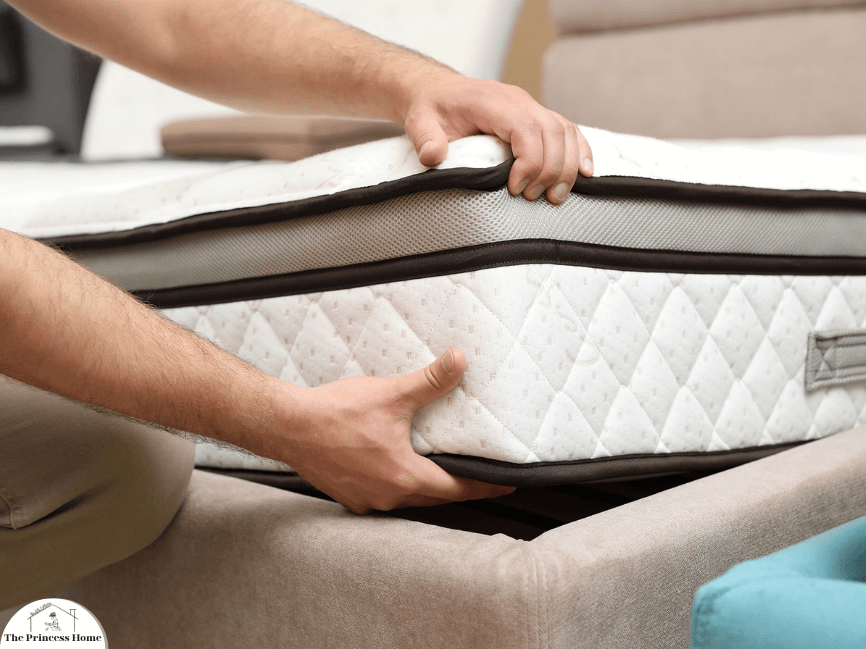
Best Bed Mattress: Choosing the right mattress is a crucial decision that can significantly impact your overall well-being. A good night’s sleep is essential for physical and mental health, and the mattress plays a pivotal role in achieving that. With a plethora of options available in the market, selecting the best bed mattress can be a daunting task. This comprehensive guide aims to provide you with valuable insights and tips on how to pick the best mattress for a restful sleep.
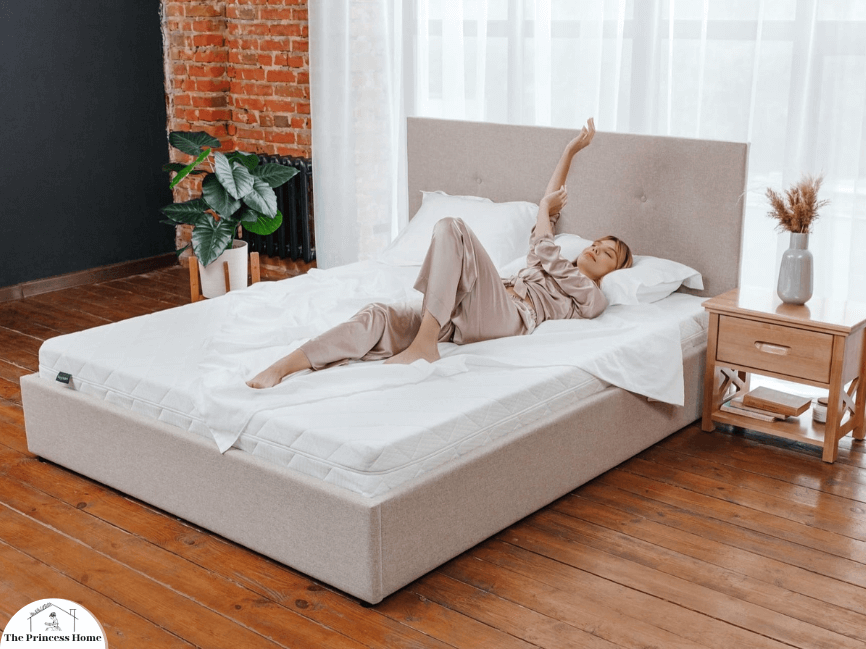
1.Understand Your Sleep Needs
Before delving into the myriad of mattress options, it’s essential to understand your individual sleep needs. Consider factors such as your sleeping position, any specific health issues, and personal preferences. For instance, side sleepers may prefer a softer mattress to alleviate pressure points, while back or stomach sleepers may opt for a firmer surface for proper spinal alignment.
Understanding your sleep needs is a crucial step in finding the right mattress for a good night’s sleep. Here are some factors to consider:

1.Sleeping Position:
Side Sleepers: They often benefit from a softer mattress that allows the shoulders and hips to sink in slightly, helping to align the spine.
Back Sleepers: A medium-firm mattress is usually recommended for back sleepers as it provides support to the spine’s natural curve.
Stomach Sleepers: A firmer mattress can help prevent the lower back from sinking into the mattress excessively, promoting better spinal alignment.
2.Health Issues:
Back Pain: Those with back pain may find relief with a medium-firm mattress, offering support while contouring to the body’s natural curves.
Joint Pain: Individuals with joint pain may benefit from a mattress that cushions pressure points, such as memory foam or a hybrid mattress with good contouring properties.
Allergies: If you have allergies, consider hypoallergenic materials and mattresses that resist dust mites and other allergens.
3.Personal Preferences:
Firmness: Your preference for a softer or firmer mattress plays a significant role. Some people prefer the “sink-in” feeling of memory foam, while others prefer the firmness of an innerspring mattress.
Temperature Regulation: If you tend to sleep hot, look for mattresses with cooling features like gel-infused foam or breathable materials.
Motion Isolation: For couples, a mattress with good motion isolation can prevent disturbances when one person moves.
4.Trial Periods and Warranties:
- Many mattress manufacturers offer trial periods, allowing you to test the mattress at home. Check for warranties and return policies to ensure you have options if the mattress doesn’t meet your needs.
5.Budget:
- Consider your budget but also factor in the long-term investment in your health and well-being. A good quality mattress can positively impact your sleep and overall health.
Remember, everyone is different, and what works for one person may not work for another. It’s essential to take the time to research and perhaps try out mattresses before making a final decision.
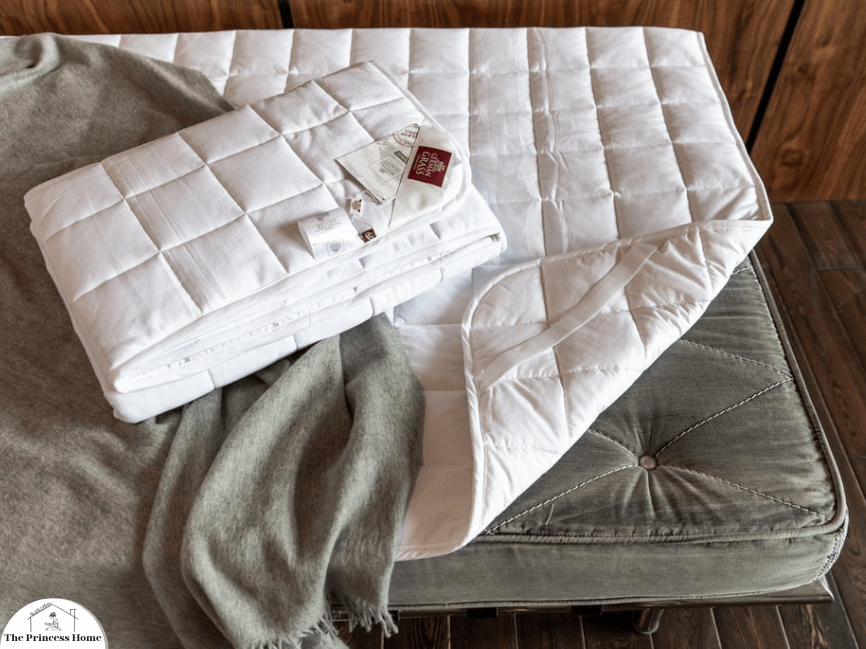
2.Determine Your Budget
Mattresses come in a wide price range, from budget-friendly options to high-end luxury models. Establishing a budget early on can help narrow down your choices and prevent overspending. Keep in mind that investing in a quality mattress is an investment in your health and well-being, but that doesn’t mean you have to break the bank.
Research Different Mattress Types:
There are various types of mattresses available, each with its unique features and benefits. The most common types include:
a. Innerspring Mattresses: These mattresses use a coil support system and are known for their bounce and durability.
b. Memory Foam Mattresses: Memory foam molds to the shape of your body, providing excellent support and comfort by relieving pressure points.
c. Latex Mattresses: Made from natural or synthetic latex, these mattresses offer a responsive and supportive sleep surface.
d. Hybrid Mattresses: Combining elements of innerspring and memory foam mattresses, hybrids aim to provide the best of both worlds.
e. Adjustable Air Mattresses: These mattresses allow you to adjust the firmness level by adding or removing air.
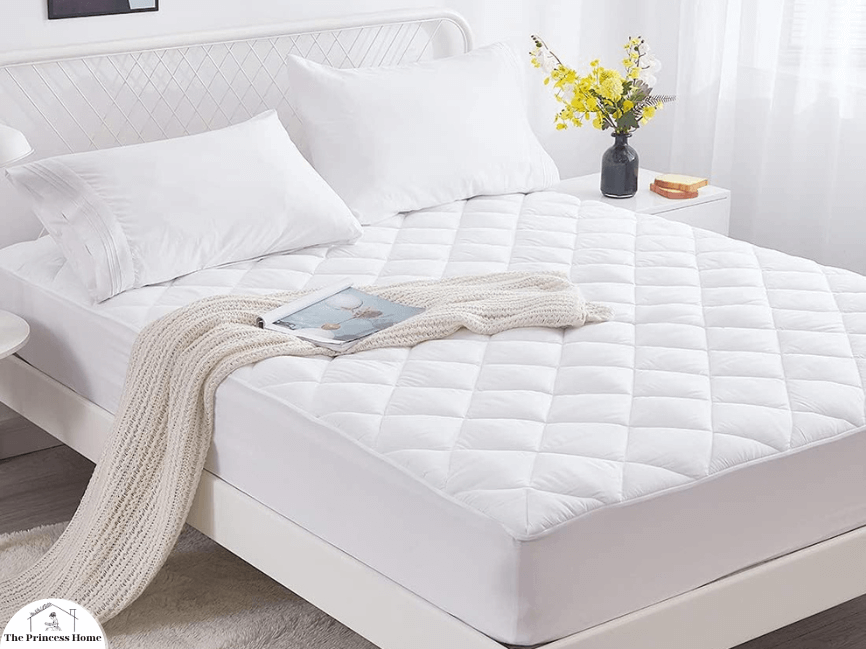
3.Consider Mattress Firmness
The firmness level of a mattress is subjective and depends on personal preference. Mattresses are typically rated on a scale from 1 to 10, with 1 being extremely soft and 10 being exceptionally firm. Finding the right balance between support and comfort is crucial for a good night’s sleep.
Exactly, mattress firmness is indeed subjective and varies based on individual preferences and needs.
Here’s a more detailed breakdown of the firmness scale and how it may cater to different sleep preferences:
1.Soft (1-3):
- Provides a plush and cushioned feel.
- Ideal for side sleepers as it allows the hips and shoulders to sink in.
- Offers pressure relief for sensitive joints.
2.Medium (4-6):
- Strikes a balance between support and comfort.
- Suitable for a wide range of sleepers, including combination sleepers.
- Offers decent contouring while maintaining support.
3.Medium-Firm (7-8):
- Provides more support and is suitable for back sleepers.
- Maintains spinal alignment and prevents excessive sinking.
- Balances comfort with a firmer feel.
4.Firm (9-10):
- Offers a solid and stable surface.
- Ideal for stomach sleepers or those who prefer a very firm feel.
- Provides maximum support for proper spinal alignment.
It’s important to note that individual preferences can vary, and factors such as body weight and size can influence how a mattress feels. Additionally, different materials (memory foam, latex, innerspring, hybrid) can affect the perception of firmness.
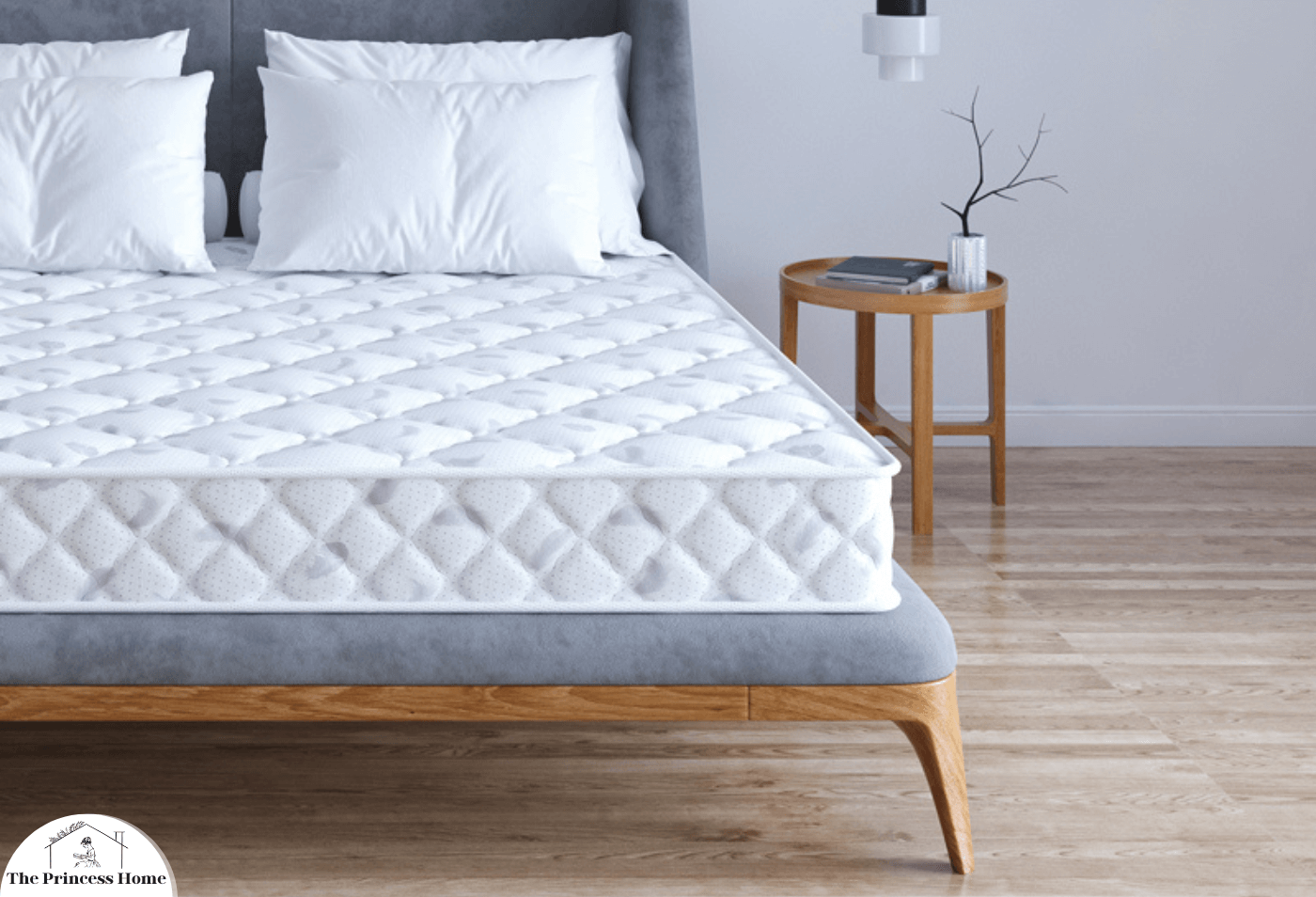
When considering mattress firmness, it’s advisable to:
Try Before You Buy: If possible, test out mattresses in a showroom or take advantage of trial periods offered by manufacturers.
Read Reviews: Seek reviews from individuals with similar sleep preferences or health conditions.
Consider Your Sleeping Position: Your preferred sleeping position plays a crucial role in determining the right firmness level for you.
Body Weight: Heavier individuals may find firmer mattresses more comfortable, while lighter individuals may prefer softer options.
By understanding the firmness scale and considering your specific needs and preferences, you can better navigate the plethora of mattress options available and find the one that promotes a restful and comfortable night’s sleep.
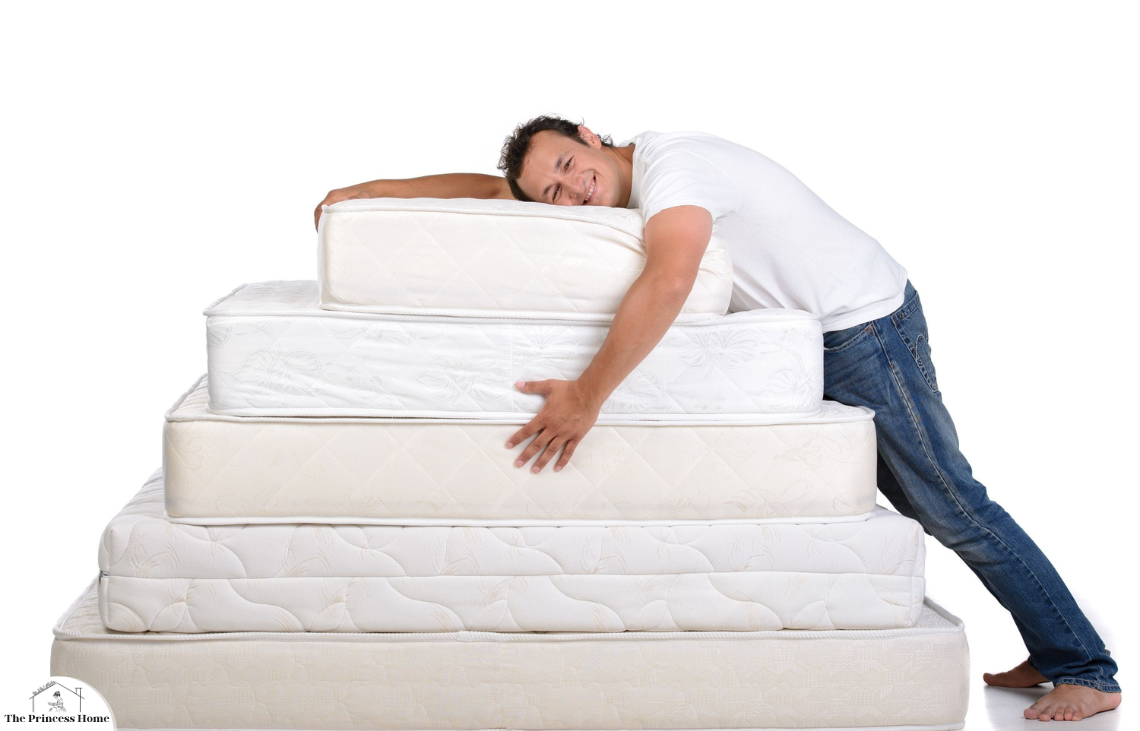
Test Mattresses In-Store
While online shopping provides convenience, testing mattresses in-store is highly recommended. Lie down on the mattress for at least 15 minutes to get a feel for its comfort and support. Don’t be shy about trying different sleeping positions to ensure the mattress meets your specific needs.
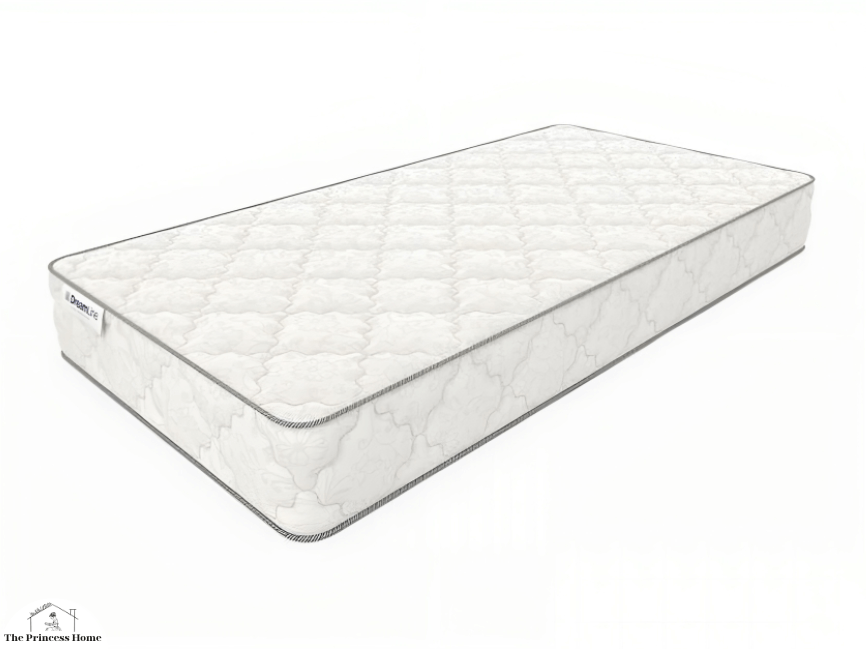
Check for Warranty and Trial Period
Reputable mattress manufacturers offer warranties that cover manufacturing defects. Additionally, many companies provide trial periods, allowing you to return the mattress if it doesn’t meet your expectations. Read the warranty and trial period details carefully before making a purchase.

Read Customer Reviews:
Customer reviews can provide valuable insights into the performance and durability of a mattress. Look for reviews from individuals with similar sleep preferences and needs to get a better understanding of how the mattress performs over time.
Choosing the best bed mattress requires careful consideration of your individual sleep needs, budget, and preferences. By understanding different mattress types, firmness levels, and testing mattresses in-store, you can make an informed decision that will contribute to a restful and rejuvenating night’s sleep. Remember, investing in a quality mattress is an investment in your health and overall well-being.
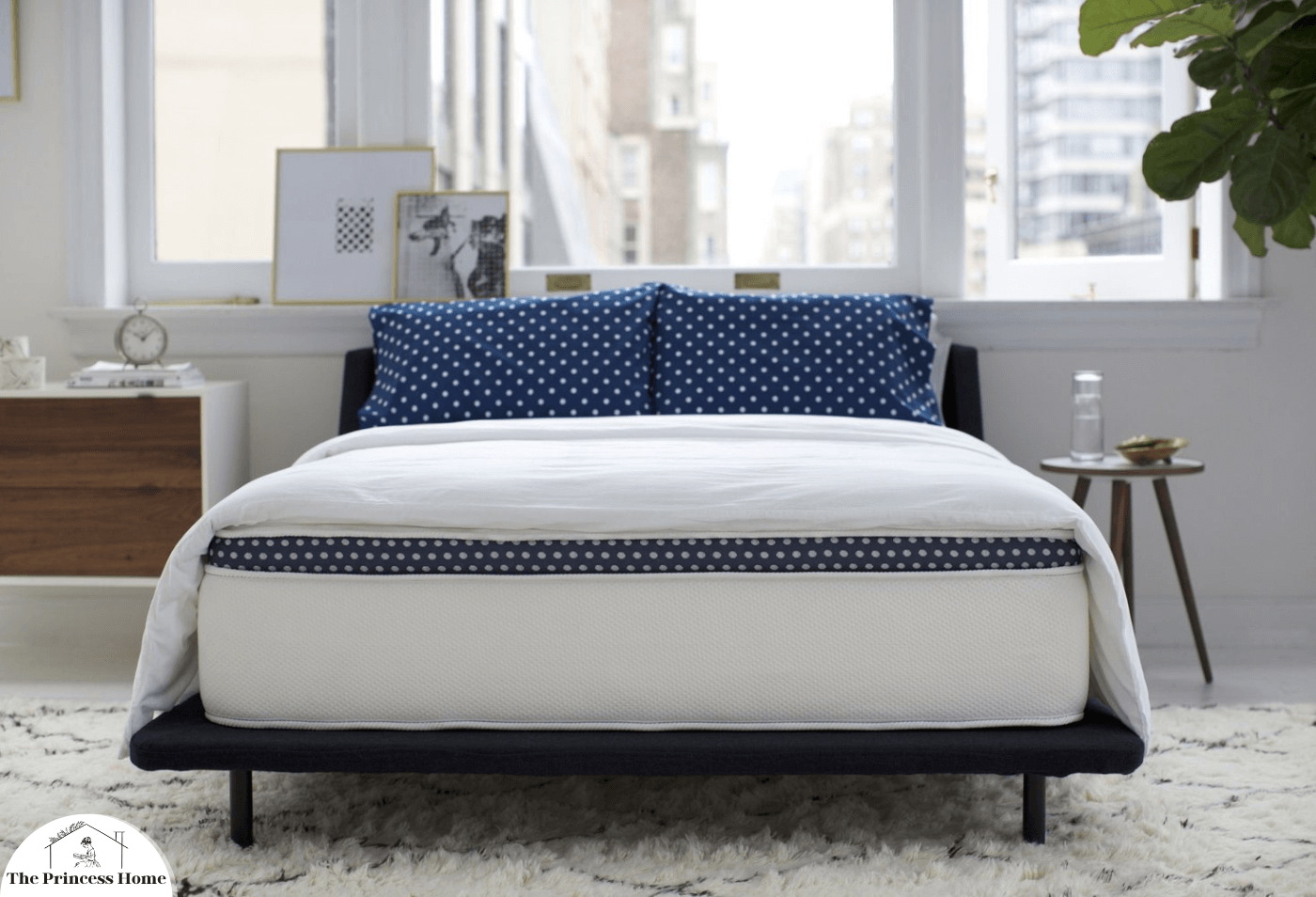
Assess Motion Transfer
For those who share a bed with a partner, motion transfer can be a critical consideration. A mattress with good motion isolation ensures that movements on one side of the bed do not disturb the other person. Memory foam mattresses are often praised for their ability to absorb and minimize motion transfer, making them an excellent choice for couples.
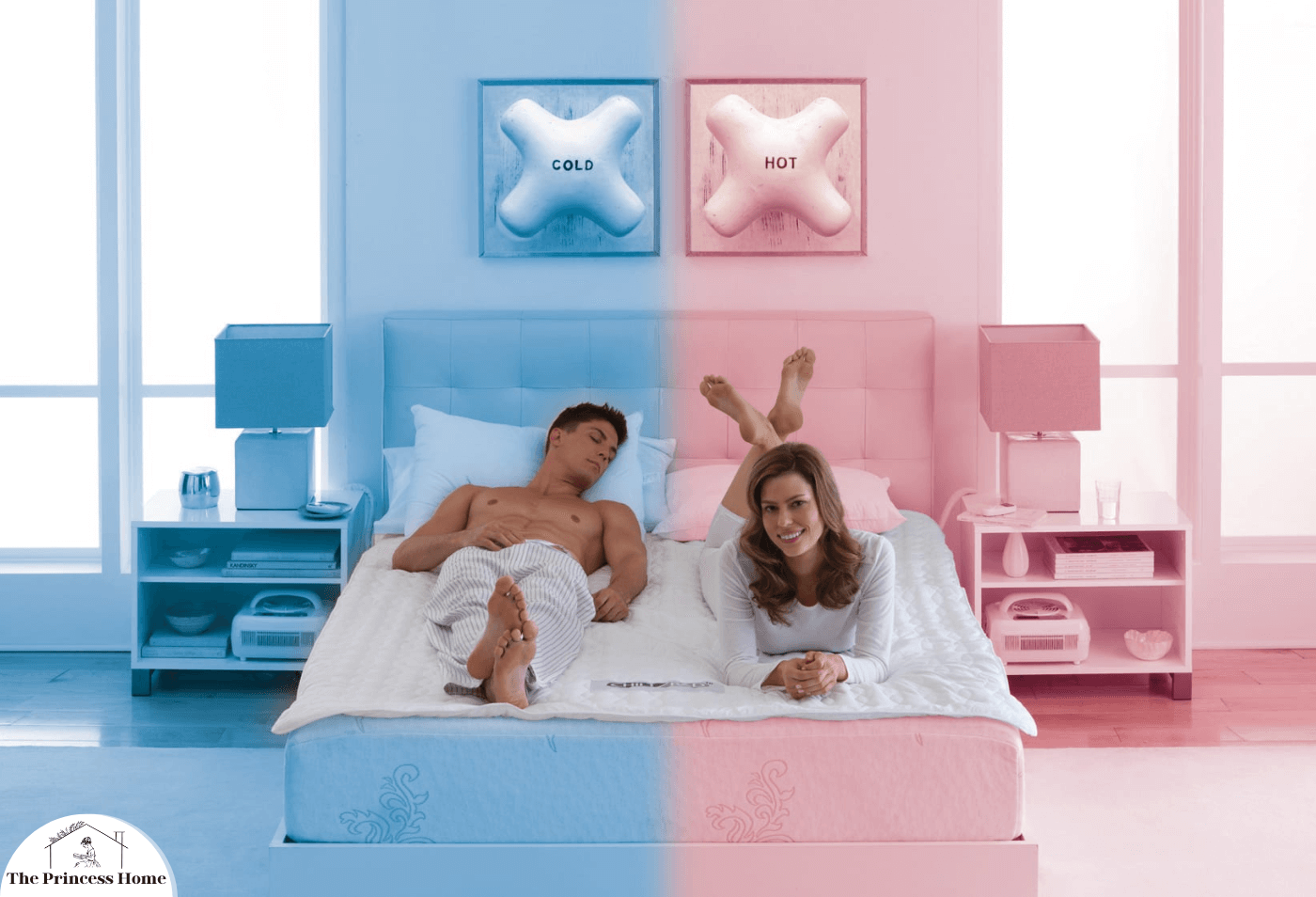
Take Note of Temperature Regulation
If you tend to sleep hot, consider mattresses that offer effective temperature regulation. Memory foam mattresses, while providing excellent support, can sometimes retain heat. Look for mattresses with cooling technologies, such as gel-infused foams or breathable materials, to ensure a comfortable sleep temperature throughout the night.
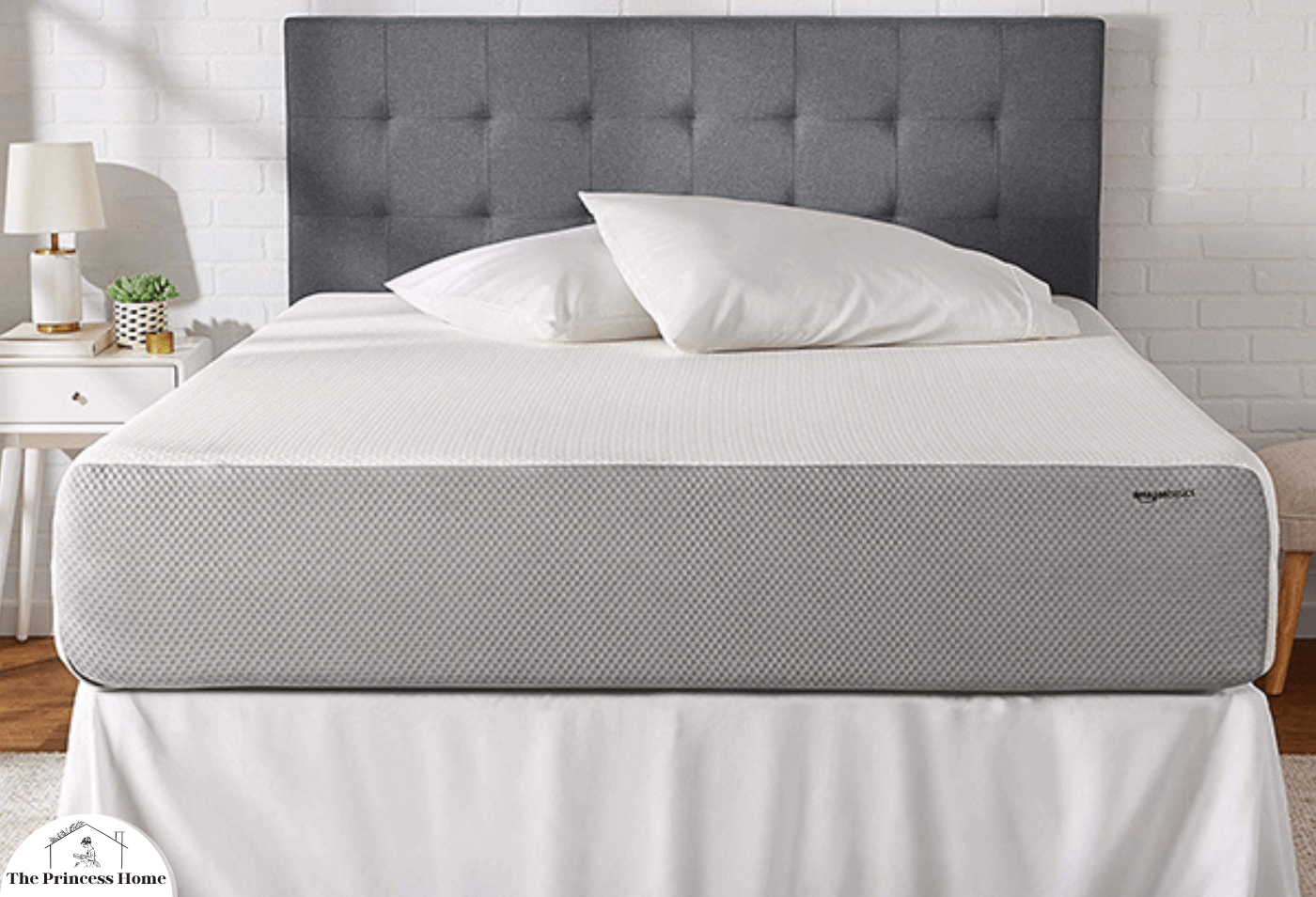
Assess Edge Support
The edge support of a mattress is crucial, especially if you share a bed or like to utilize the entire surface. Mattresses with strong edge support maintain a stable surface, preventing a feeling of roll-off when you sleep near the edge. This is particularly important for individuals who struggle with mobility or need additional support when getting in and out of bed.

Think About Allergies
If you have allergies, it’s essential to consider materials that are hypoallergenic and resistant to dust mites and other allergens. Mattresses with organic and natural materials, such as latex or certain types of foams, may be a good option for individuals with allergy concerns.
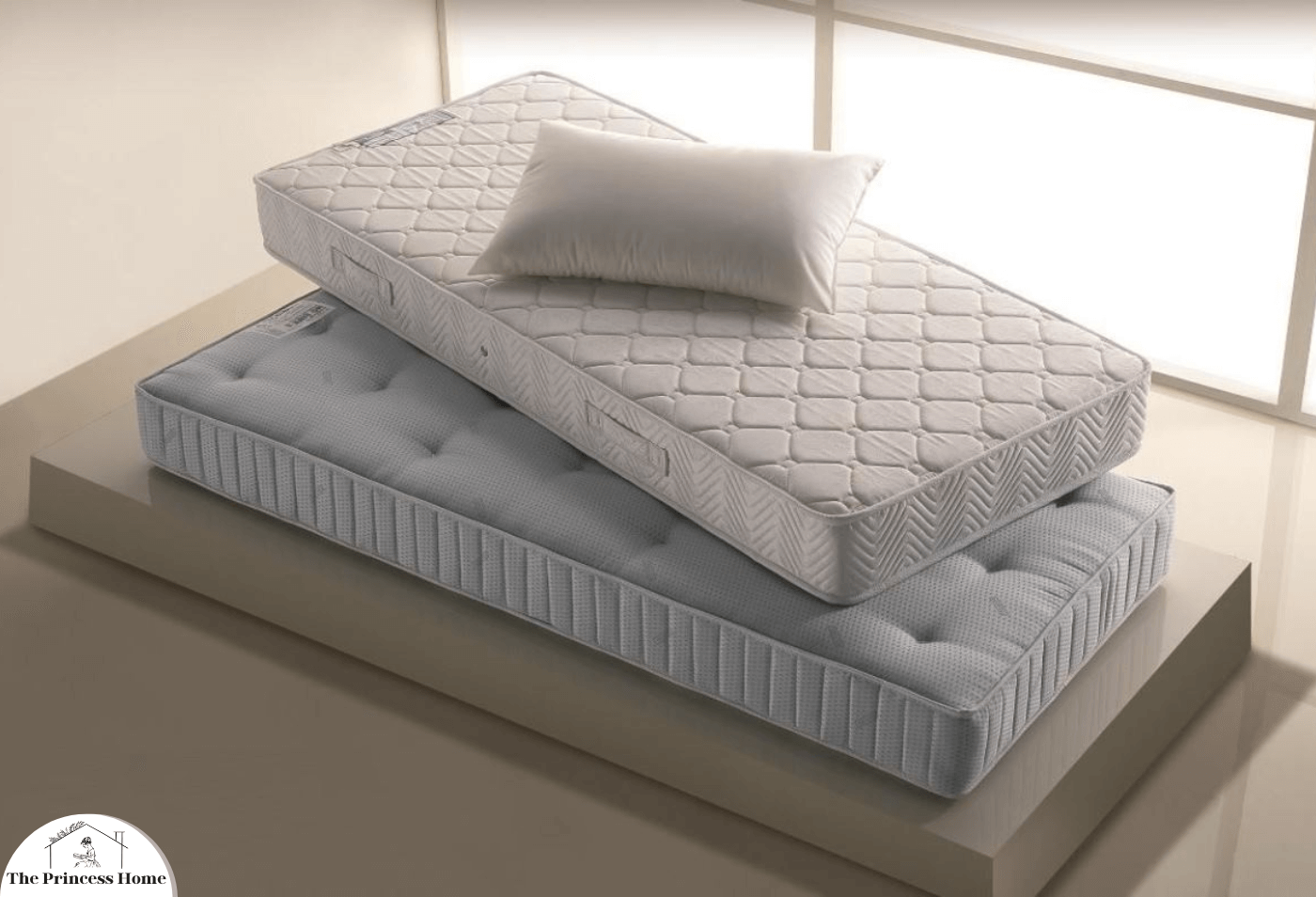
Research Brand Reputation
Before making a final decision, research the reputation of the mattress brand. Read customer reviews, check for any recalls, and ensure that the company has a history of providing quality products and excellent customer service. A reputable brand is more likely to stand behind its products and offer reliable warranties and customer support.
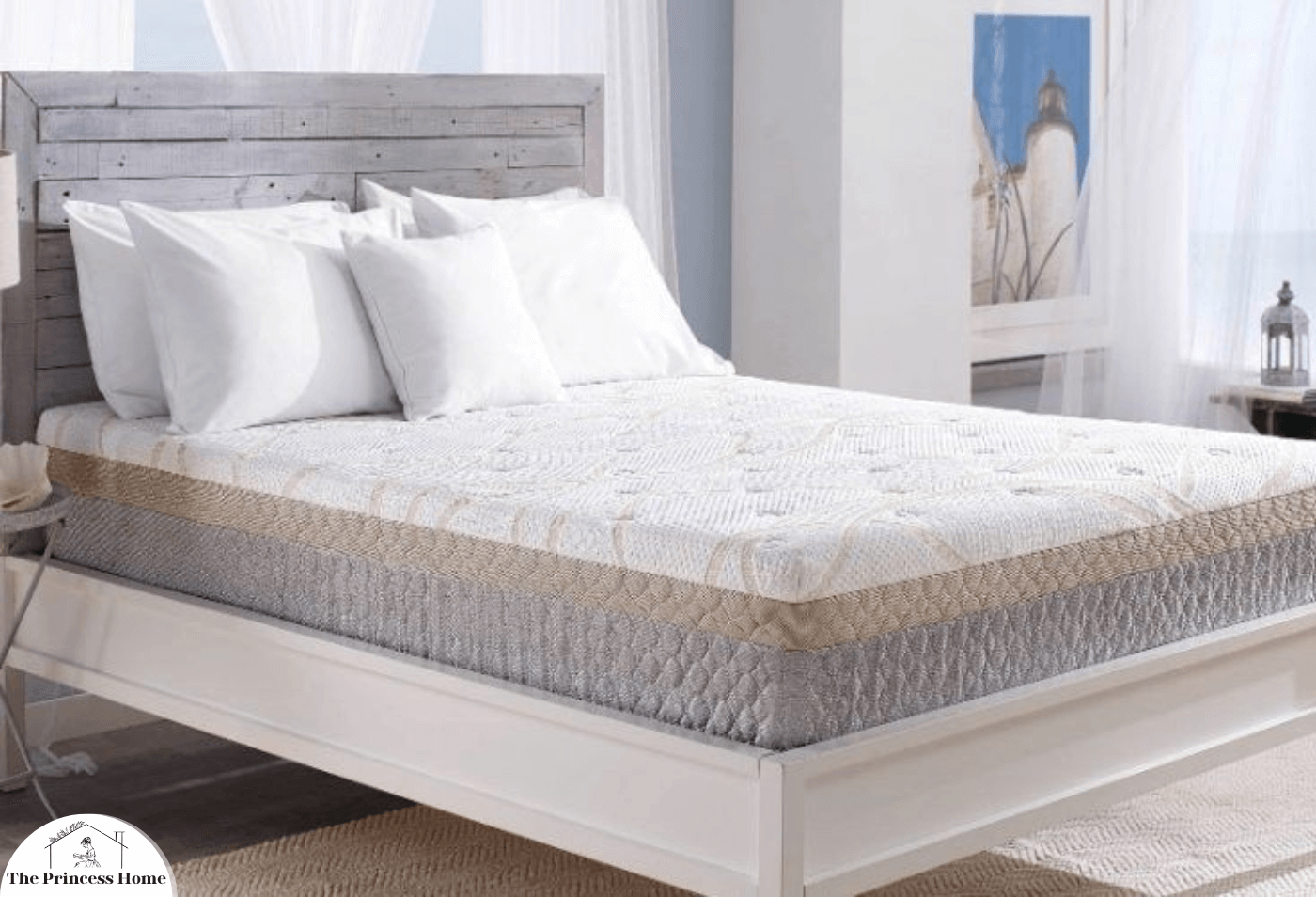
Pay Attention to Height and Size
Mattresses come in various heights, and the choice depends on personal preference and the type of bed frame you have. Additionally, ensure that the mattress size corresponds to your bed frame and room dimensions. Common mattress sizes include twin, full, queen, king, and California king.
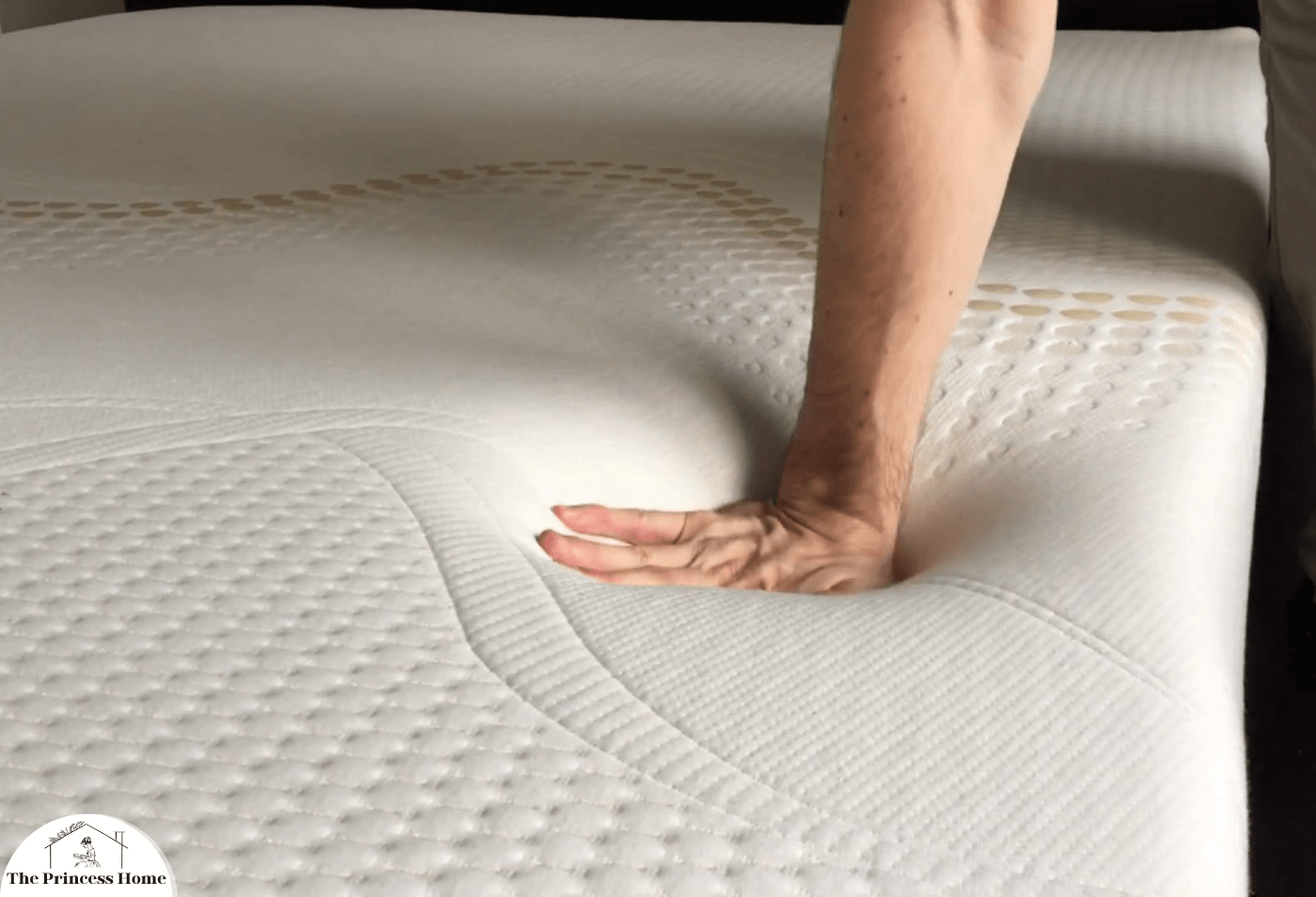
Consider Your Lifestyle
Your lifestyle and daily activities can influence the type of mattress that suits you best. For example, if you lead an active lifestyle and engage in physical activities, a mattress with better support for muscle recovery might be beneficial.
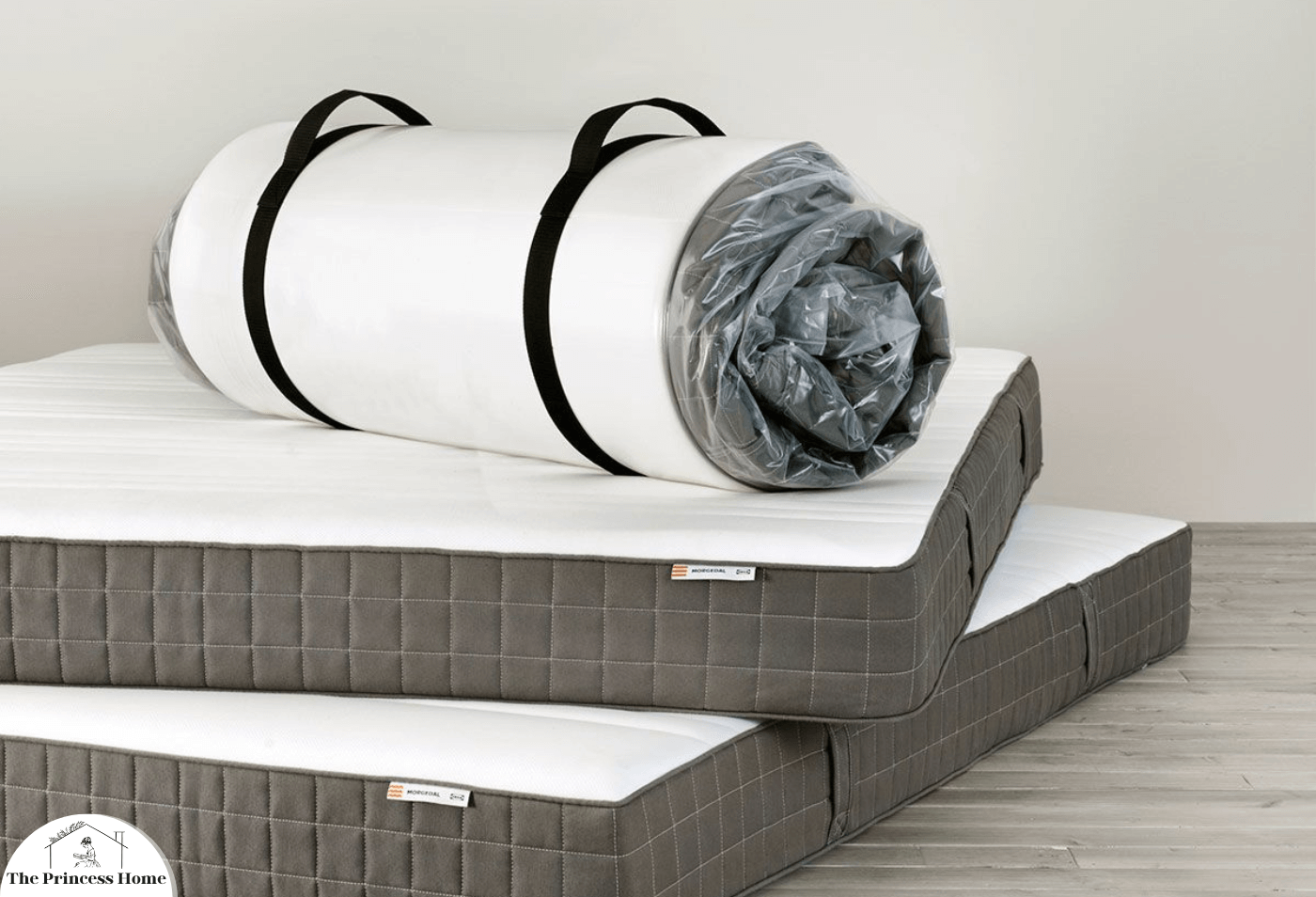
Stay Informed About Trends and Innovations
The mattress industry is continually evolving, with new technologies and materials emerging. Stay informed about the latest trends and innovations in mattress design to make sure you are aware of any breakthroughs that could enhance your sleep experience.
Conclusion:
Selecting the best bed mattress is a personal journey that involves considering various factors such as sleep preferences, health needs, and lifestyle. By thoroughly researching different types of mattresses, testing them in-store, and paying attention to essential features, you can make a well-informed decision that contributes to better sleep and overall well-being. Remember that investing time in choosing the right mattress is an investment in your health and the quality of your daily life.
Frequently Asked Questions about Choosing the Best Bed Mattress:
Q1: How do I know which mattress firmness is right for me?
A: The ideal firmness level depends on your sleeping position and personal preferences. Side sleepers usually prefer a softer mattress, while back or stomach sleepers may opt for a firmer surface. Consider your individual comfort needs and test mattresses in-store to find the right balance.
Q2: What is motion transfer, and why is it important?
A: Motion transfer refers to the ability of a mattress to absorb and minimize movements, ensuring that one person’s movements don’t disturb the other. This is crucial for couples sharing a bed. Memory foam mattresses are known for excellent motion isolation.
Q3: Are memory foam mattresses hot to sleep on?
A: Memory foam mattresses can retain heat, potentially causing discomfort for hot sleepers. Look for mattresses with cooling technologies, such as gel-infused foams or breathable materials, to ensure better temperature regulation.
Q4: How important is edge support in a mattress?
A: Edge support is essential for maintaining a stable surface and preventing a feeling of roll-off, particularly if you share the bed or use the entire surface. Strong edge support is beneficial for individuals with mobility issues or those who need extra support near the edge.
Q5: Are organic mattresses better for individuals with allergies?
A: Yes, mattresses with organic and natural materials, such as latex or certain types of foams, can be a good option for individuals with allergies. These materials are often hypoallergenic and resistant to dust mites.
Q6: How do I choose the right mattress size?
A: Choose a mattress size that corresponds to your bed frame and room dimensions. Common sizes include twin, full, queen, king, and California king. Consider your space requirements and personal preferences.
Q7: What role does a mattress play in muscle recovery?
A: For individuals with an active lifestyle, a mattress that provides good support can aid in muscle recovery. Look for mattresses that offer proper spinal alignment and alleviate pressure points, promoting a more comfortable and restorative sleep.
Q8: Should I consider the height of the mattress?
A: Yes, the height of the mattress is a personal preference and can depend on the type of bed frame you have. Consider your comfort preferences and the aesthetic appeal of the mattress in relation to your bed frame.
Q9: How often should I replace my mattress?
A: The lifespan of a mattress varies, but on average, it is recommended to replace your mattress every 7-10 years. However, factors such as wear and tear, changes in comfort, or the development of sagging can be indicators that it’s time for a new mattress.
Q10: Are there any benefits to trying a mattress in-store before purchasing?
A: Testing a mattress in-store allows you to assess its comfort, support, and suitability for your specific needs. It provides a hands-on experience and helps you make a more informed decision based on your personal preferences.
Remember that choosing the best mattress is a subjective process, and considering your unique needs and preferences will play a crucial role in finding the perfect fit for a restful night’s sleep.








